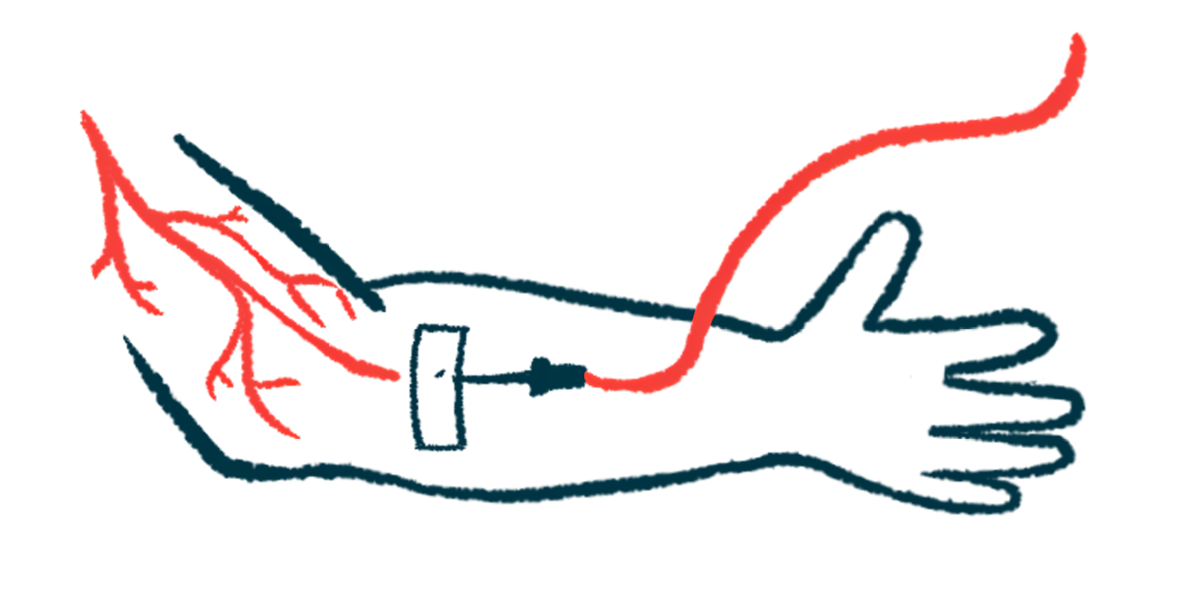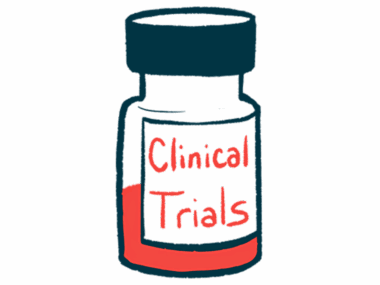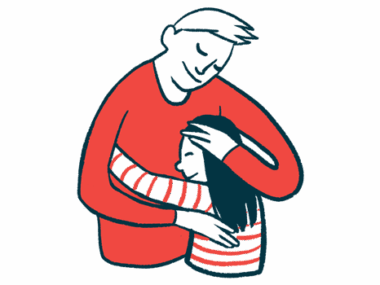Vyvgart eases gMG, prevents surgery complications: Case study
Woman required surgery to remove Castleman-related abdominal mass
Written by |

Vyvgart (efgartigamod) rapidly eased symptoms of generalized myasthenia gravis (gMG) and prevented complications before, during, and after surgery in a 23-year-old woman, a case study reported.
The woman required surgery to remove a mass in her abdominal cavity while also experiencing a gMG flare-up. Clinicians successfully removed the mass and discovered it was a manifestation of Castleman disease, which, like gMG, involves immune dysfunction.
“Despite this complex immune background, [Vyvgart] offered rapid relief from weakness symptoms in a patient experiencing MG [myasthenia gravis] exacerbation, and helped maintain symptom stability in the perioperative care, simplifying perioperative management and facilitating recovery,” the research team wrote. The perioperative period refers to the time around surgery.
The case study, “Perioperative Efgartigimod treatment for acute myasthenia gravis exacerbation with retroperitoneal mass: a case report,” was published in BMC Neurology by a team of researchers in China.
In myasthenia gravis, the immune system wrongly produces self-reactive antibodies that ultimately disrupt communication between nerve cells and muscles. As a result, characteristic MG symptoms of muscle weakness and fatigue develop. Symptom severity can fluctuate over time, with periods of exacerbation, or flare-ups, during which muscle weakness becomes more pronounced.
Surgery can be risky
Surgeries can increase the risk of MG exacerbations and a severe complication called myasthenic crisis — in which respiratory muscles can’t support breathing — often requiring hospitalization and breathing support.
At potentially risky times, “the prompt initiation of rapid-acting treatments can minimize the risk of [myasthenic crisis],” the researchers wrote.
Delivered via into-the-vein infusions, Vyvgart is approved to treat gMG, a form of the disease marked by widespread muscle weakness and fatigue that can affect many muscles throughout the body.
Research has suggested that Vyvgart, which encourages the breakdown of self-reactive antibodies, can help prevent myasthenic crisis during removal of the thymus gland, a common gMG treatment.
The treatment “appears to be a promising alternative treatment for perioperative management of gMG,” the researchers wrote.
For the woman in the case report, Vyvgart and corticosteroids, another standard gMG treatment, successfully controlled flare-up and prevented complications around the time of an emergency surgery.
The woman was admitted to the hospital with a large mass in her abdomen that needed to be surgically removed. She was diagnosed with gMG seven years earlier, and standard treatment with cholinesterase inhibitors and the corticosteroid prednisone effectively controlled her symptoms for about four years. After that, she started to experience some symptom fluctuations.
Lung tests before surgery showed reduced lung function, which prompted further evaluation of her gMG status. The woman reported muscle weakness in the limbs and neck, chewing difficulties, and mild shortness of breath.
She had a score of 8 on the MG Activities of Daily Living (MG-ADL), indicating her symptoms weren’t entirely under control, and a score of 20 on the Quantitative Myasthenia Gravis (QMG), indicating moderate to severe disease. MG-ADL scores range from 0 to 24, and QMG scores range from zero to 39, with higher scores indicating worse disease.
Based on these findings, the team concluded that the woman was experiencing an gMG exacerbation. To ease her symptoms before surgery and prevent complications, she was started on Vyvgart once a week, and received a higher daily dose of prednisone.
The woman’s symptoms eased substantially after her first Vyvgart infusion, and her MG-ADL score dropped to 2 and her QMG score to 9. Symptoms continued to resolve over the following three infusions, after which she showed no impairment on the MG-ADL scale (score of 0) and a QMG score of 6. Her lung function also improved.
She continued to receive Vyvgart infusions up until surgery, and for two months after the procedure. The operation proceeded smoothly, and her symptoms remained controlled up to six months after surgery.
“These findings suggested that [Vyvgart] has a rapid onset of action, swiftly improves symptoms during acute MG exacerbations, and maintains symptom stability during the perioperative care, thereby reducing the risk of exacerbations and crises,” the researchers wrote.
Molecular examination of the removed mass suggested that it was a manifestation of Castleman disease, a rare group of disorders marked by enlarged lymph nodes (immune structures) due to a hyperactive immune system. The woman showed no signs of Castleman disease recurrence or symptoms after surgery.
“The co-occurrence of MG and Castleman’s disease is exceedingly rare, and underlying immune disorders and [antibody-producing immune] cell activation may exacerbate myasthenia gravis,” the team wrote. “The potential association between MG and Castleman disease requires further investigation.”







Leave a comment
Fill in the required fields to post. Your email address will not be published.